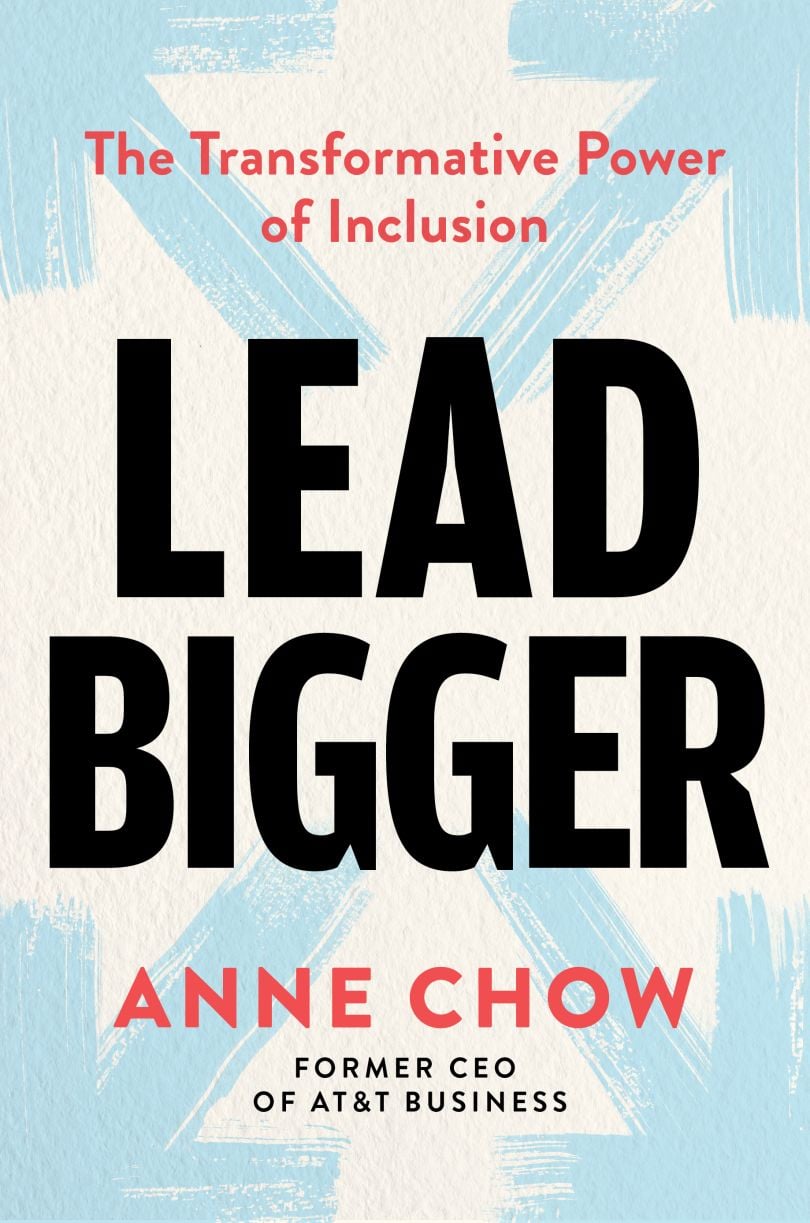Acquired traits evolve and are often consciously chosen: what food we like to eat, where we like to vacation, what genre we enjoy reading and what media we consume.
And one of these chosen dimensions is politics.
Politics are based on differences. Thus they can be innately polarizing. And in today’s hypersensitized, divisive environment, a specific challenge arises for bigger leaders: How do you create a culture of inclusion, one in which you maintain professionalism, civility and respect?
And how do you address different political points of view with equal voice and balance, with the objective of trying to minimize tension, lower stress levels and have healthy, humble interactions of compromise and collaboration?
In other words, how can you make politics less polarizing in the workplace you control?
Data Points on Political Division in the Workplace
- Research conducted by the Society for Human Resource Management shows that 95 percent of U.S. employees have been involved in polarizing workplace discussions, whether as participants, bystanders or managers.
- And 44 percent of employees have avoided coworkers because of their political beliefs, a clear demonstration of how mishandling this dimension of the workforce can negatively impact the work of the organization.
The Hardest Thing for Leaders Swallow
As Thomas Jefferson, no stranger to heated politics, wrote back in 1800:
I never considered a difference of opinion in politics, in religion, in philosophy, as cause for withdrawing from a friend.
Politics have become so supercharged that liberals, conservatives and moderates fear that their beliefs will have a negative impact on their career:
- According to the Cato Institute, a libertarian think tank, “Nearly a third of employed Americans say they personally are worried about missing out on career opportunities or losing their job if their political opinions become known.” This finding is consistent across the political spectrum, race and income level.
- Younger people and more educated people are most concerned, again across political affiliation.
As bigger leaders, how do we handle this?
We must be intentional about what we say, validating the feelings of all people and not discounting them. Embracing multidimensionality in the workplace includes respecting people’s politics.
In the workplace, disagreements are meant to enable discussions of diverse perspectives on all topics — with a focus on how they relate to the work at hand. If an issue is challenging or sensitive, we must be sure to have the view of our stakeholders as primary. They are, after all, why our business exists.
Perhaps the most difficult thing for many leaders is accepting that we cannot pick sides. We must always put our individual perspectives and position aside as we seek to understand others. Our responsibility is to lead all the people, not just those we agree with.
We should not confuse our values with differing ideologies. Ideologies can be formed based on religious, political, cultural or other reasons. Performance through powerful purpose and aligned values is our focus as bigger leaders — not the endless range of ideologies that naturally exist across a diverse population.
Here are the tactics that have helped me navigate politics in and out of the office.
1. Do Not Ignore It
Your people want to hear from you. They expect to hear from you. If you say nothing, they will assume you don’t care.
If geopolitics or federal, state or local politics impact your business directly, such as in heavily regulated industries, elaborate on this context for your people so they understand its relevance to your business objectives.
You’ll need to manage your own emotions on the topic and lean into empathy by acknowledging how people are feeling. This also requires courage. Remember you are commenting as the leader of the business, not as an individual.
2. Reinforce Your Business Purpose, Values and Objectives
When things get heated or you’re not sure what to say, affirm your commitment to the purpose and values of your organization. Cite examples where you, your teams and your company have stepped up to demonstrate your values even when it might not have been the most politically correct thing to do.
3. Take a Global Perspective
Even if your company or organization isn’t global, you need to be aware of what’s happening in geopolitics, as this may be important to your people. They may have relatives or friends in an affected area, or they may even hail from a region of the world where the strife is occurring.
Avoid taking an ethnocentric approach to global happenings, embracing a more neutral posture if possible. Ask for insight. Go to your employee groups and get clarity on how to be sensitive to global catastrophes or events.
Maintain a diverse network where there can be respectful conversation about varying viewpoints, so that you can remain educated about how to show up and handle hot topics sensitively.
4. Create a Safe Environment for Dialogue
Whatever the forum may be — a live candid conversation, a panel discussion during a town hall, a talk by an unbiased outside expert — demonstrate to your team that they can engage with one another, even with differing political views. Play the role of arbitrator and scientist, gathering the facts. Ensure that multiple different views can be heard. Don’t allow an echo chamber to develop.
5. Demonstrate Vulnerability
This is best done with you and your leadership team first, to set the tone of acceptability and openness. Where there might be confusion around words, behaviors and actions, make sure to involve human resources and legal professionals.
Topics such as minimum wage debates, for instance, can touch on labor laws related to employees’ right to discuss their pay. Laws vary from country to country and even from state to state. Once you have the legal guardrails clearly in place, you can ask for feedback and multiple points of view. Share your concerns and talk about times you’ve stumbled — and times you’ve learned.
6. Set Boundaries and Apply Consequences
Demand and reinforce respect for the individual, and do not tolerate toxicity. Handle violations against your company values and conduct requirements (including unacceptable words and behaviors) swiftly, with consequences.
The repercussions should be clearly conveyed to all employees through both verbal and written communications. Provide a clear code of conduct, making it clear that any violation will result in job loss. One best practice for companies is to have employees review those expectations and consequences every year and verify that they understand them.
If the infraction is serious enough, human resources and/or legal should conduct investigations. Document violations of the code of conduct in performance reviews and adjust compensation if needed, or institute requirements for intense training, or if nothing else works, terminate the employee.

You may be tempted to squash political discourse in the workplace. But as much as we fear our political differences, bigger leaders know that “ideologically polarized teams engage in longer, more constructive, competitive and substantively focused but linguistically diverse debates than teams of ideological moderates.”
Researchers also explain that “Collectively, teams with mixtures of bias that are willing to engage and collaborate can yield superior performance. This reveals a ‘silver lining’ of political diversity and disagreement in these polarized times.
Even as political polarization rises in the U.S. and around the world, if we realize the other side has something worthwhile to say, the arguments become smarter than the participants.”
Excerpt from LEAD BIGGER by Anne Chow Copyright © 2024 by Anne Chow. Reprinted by permission of Simon & Schuster, NY.





